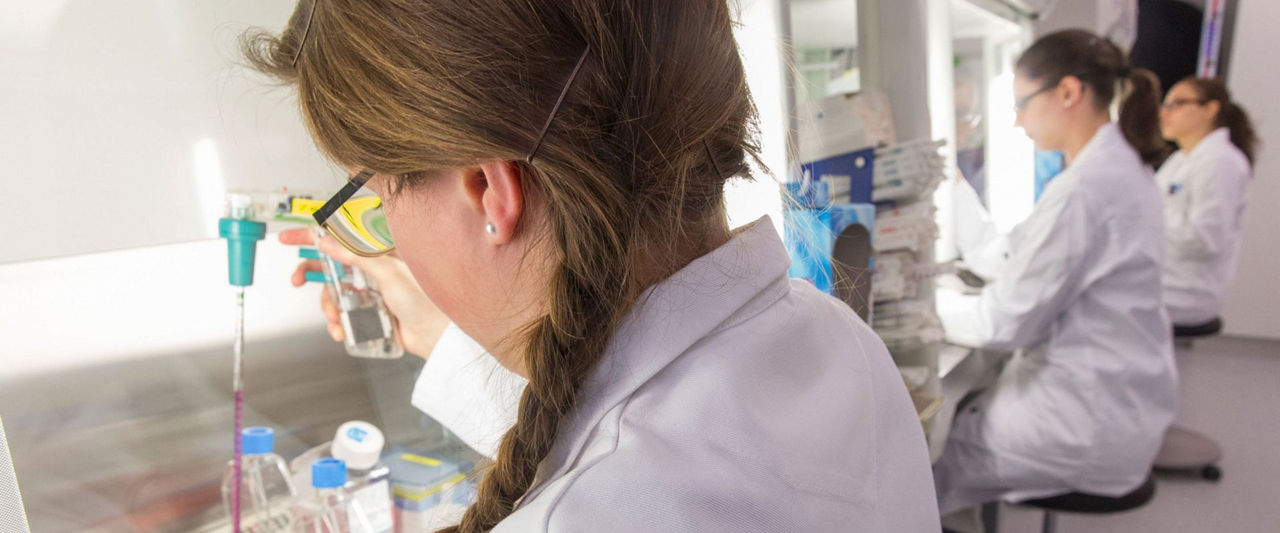
Retrospective analysis: T790M occurrence rate in patients treated with EGFR TKIs
The T790M mutation rate was higher in patients with EGFR Mut+ NSCLC treated with first-line erlotinib, compared to that observed in patients who received other first- and second-generation EGFR TKIs.1
Study overview1
- This retrospective analysis examined secondary T790M mutation rates and histologic transformation occurrences in Korean patients with EGFR Mut+ NSCLC, treated with first-line erlotinib, gefitinib or afatinib. Repeat biopsy rates were also evaluated.

Key Results

T790M occurrence rate1
First-line treatment with afatinib resulted in a significantly lower rate of T790M mutation compared with treatment with a first-generation EGFR TKI.

Histological transformations1
Overall, 5 histologic transformations were observed in patients treated with afatinib, compared with 0 and 1 in erlotinib- and gefitinib-treated patients, respectively.*
*Of the 5 afatinib-treated patients, transformations were from adenocarcinoma to squamous-cell carcinoma (n=3) and small-cell carcinoma (n=2); in the gefitinib-treated patients, the transformation was from adenocarcinoma to small- cell carcinoma

Rate of repeat biopsy1
Repeat biopsy procedures for new histology and EGFR mutation testing were carried out following disease progression on first-line EGFR TKI treatment to evaluate the T790M mutation status

Success rate* of repeat biopsy1
Rates of repeat biopsy and success of repeat biopsy were similar regardless of first line EGFR TKI treatment
*Defined as any biopsy acquiring sufficient tumor tissue for both histologic assessment and EGFR mutation tests
Reference
